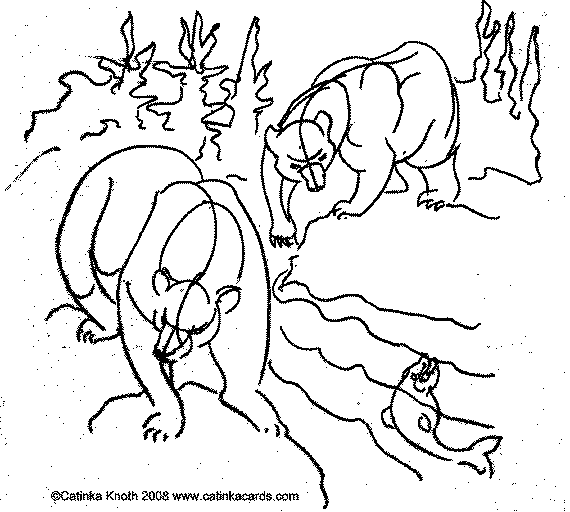Magical Figure Paintings - Maureen Mullarkey, Susan Schmidt, and Rene Magritte
Topic: Art
From my blog drafts files:
December 2, 2005 This morning I was doing yet another idle google for 'Maine watercolors' to see if my site would come up in the top 20 search results yet. No. (I know, top 20 is pretty meaningless - who would go that deep to find Maine watercolors?) But whenever I do such a search I do check out anything that catches me eye. I cannot remember why I checked out the site of Maureen Mullarkey but thank goodness I did. And I don't remember how she connects to Maine watercolors. (She's written reviews of various Maine artists.) But her site and her painting just floored me. She paints the figure with such a strong sense of the magical. The paintings are modern day versions of Medieval Art. I am so inspired because this is a vein of imagery/painting that I've left aside for so long and looking at her paintings I'm longing to return and feel quite moved to do so. In any case I start at least by writing this here.
And that reminds me - the other day I got a call from a dear long lost friend, Susan L. Schmidt. She is a painter who lives in Mexico City. I told her I've been googling for her work for ages and can hardly find it. She does have a website, Schmidteditions.com, and her work is also magical and figurative but more surrealistic. Her most recent work seems to have a strong connection to the artist Rene Magritte.
Having Magritte on my mind therefore, the other day in the cafe we go to after the watercolor class I teach, a book on Magritte caught my eye. (They now have a bookshelf from which to browse and/or buy) I took down the book and came upon his paintings "This is not a Pipe" and "This is not an Apple". The paintings, and his commentary about them, I thought would be such perfect illustrations for my students of this issue that I'm having such a hard time communicating....
February 20, 2006 ...But now I cannot express exactly what that connection is. That is why I have left this post as a draft for 2 1/2 months. I've been hoping it would come to me. And now I put it to you dear reader (should there be any of you) to leave a comment.
October 25, 2008 - More than two years later, in hopes that I can clarify the connections. Magritte means with his pipe and apple paintings that the painting is not real, it is an illusion. My students want so much to paint something that is 'real'. Until one understands that the 'realness' of something comes from another plane than that which makes the illusion of realness, one cannot hope to convey any kind of realness. Capture spirit and magic first because only that is truly real. I'm still not getting this in words. So be it.
As for large figure paintings that I thought I'd be doing after the inspirations of Maureen Mullarkey - I am at least making large demonstration drawings for my weekly library drawing workshops for kids. The subject matter is often from the inner world of the imagination, so there is a bit of an outlet for that interest of mine. I want to go much more that way though. Let this be my declaration that I will take steps in that direction, small as they might be.
Posted by Catinka Knoth
at 12:01 AM EDT
Updated: Sunday, 26 October 2008 4:27 PM EDT




